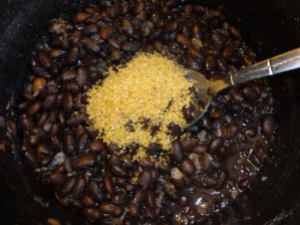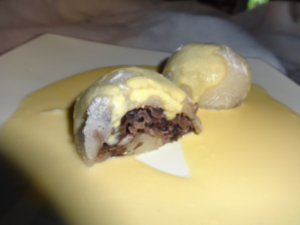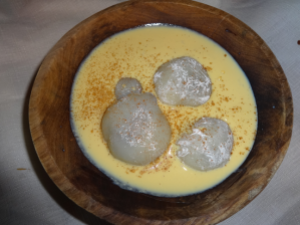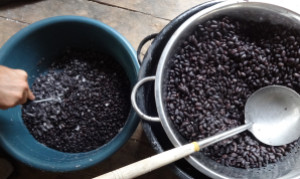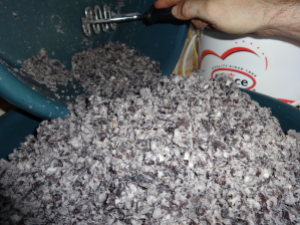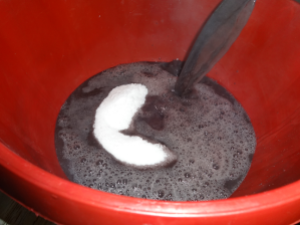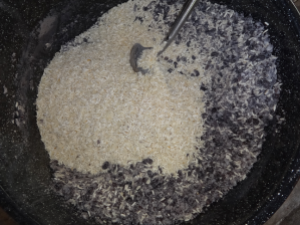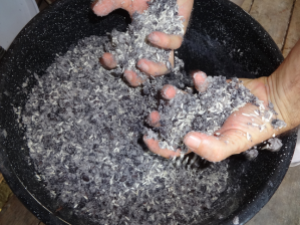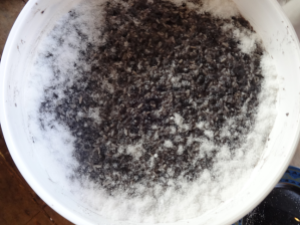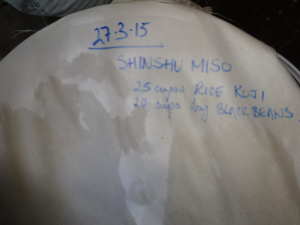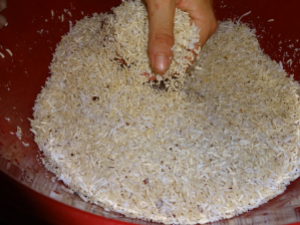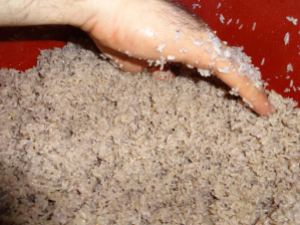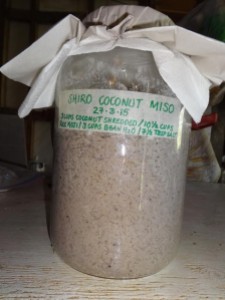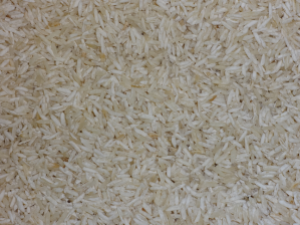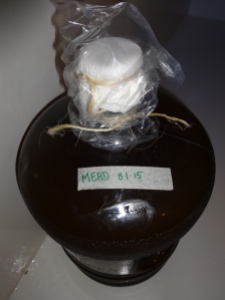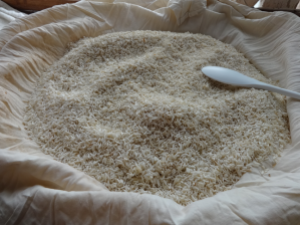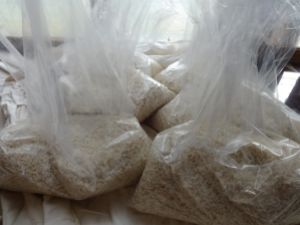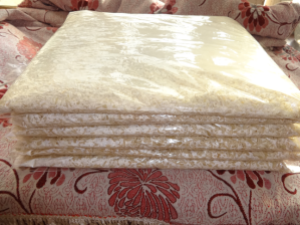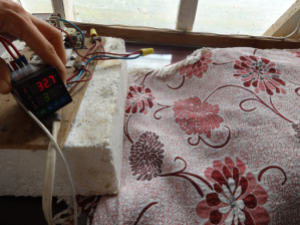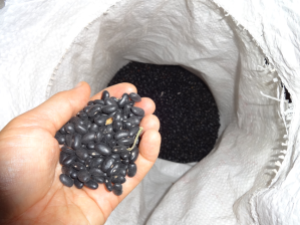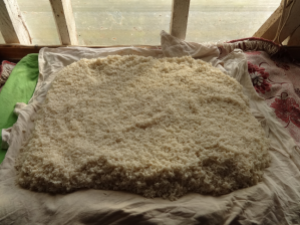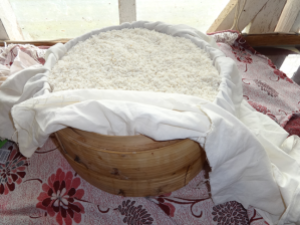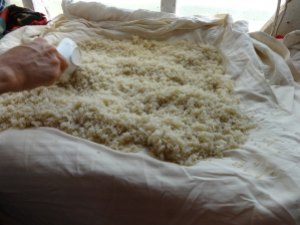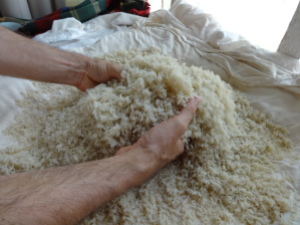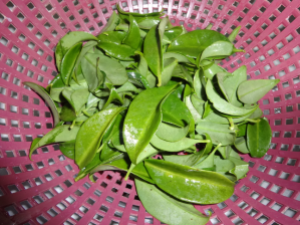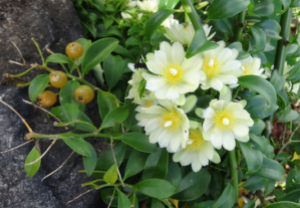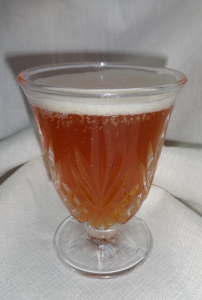 Another jam-packed day of fermentation!! This is really a Gnome post but I will make a serious attempt to chronicle the day in the same enthused manner as Gnome.
Another jam-packed day of fermentation!! This is really a Gnome post but I will make a serious attempt to chronicle the day in the same enthused manner as Gnome.
Well, we started the day off by bottling the mead, which never cleared. Gnome gave me a glass to sample and I promptly scoffed it all down and told him that it was very palatable.
Next, Gnome attended to his Rice Koji in between all the bottling and brewing. He is trying to develop a new system of inoculating cooked rice with previously made rice koji. That way he doesn’t need to use up Koji starter and he can feel assured that he can keep on making rice koji without the headache of bringing in the starter from overseas. This experimental batch is going really well and the Aspergillus oryzae seems to have colonised well and formed a lattice network. This new system is called: Special Care Koji Unit (SCKU)…this is a bit of a Doctor joke so please bear with our awful sense of humour! As you can see from the picture, Gnome has fashioned incubators for his koji babies:

And yes, we are making melomel which is mead which contains fruit; in this case sapodilla and carrot were added.
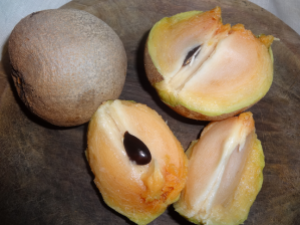
I won’t go into the technical parts of making melomel because this is going to be a Bored-in-Belize project (Gnome: I’ve added the recipe right HERE) so I will just give you a brief run-down of what we did. Firstly, sapodilla fruit was placed in a heated pot of water and allowed to partially breakdown. Next, the mixture was filtered and the pulp was squeezed through muslin.


This part was a Munchkin job:

After the liquid was procured, Gnome measured the specific gravity and added 6 quarts of honey to make up the alcohol content to about 12%. As we speak, Gnome is re-heating the whole mixture including the added honey; he will allow it to cool down overnight and then add yeast in the morning. More fermenting tomorrow…

